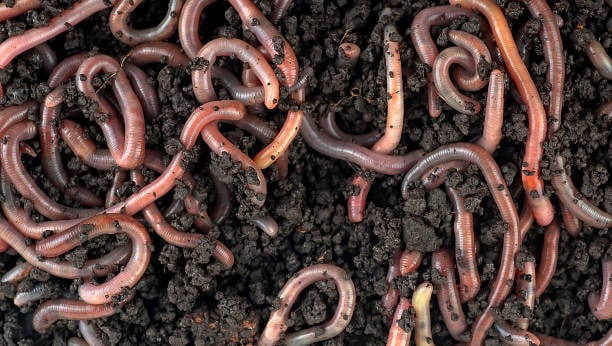Mastering Vermicomposting with Red Wiggler Worms
Vermicomposting, a sustainable method of composting organic waste, utilizes the natural abilities of earthworms to convert kitchen scraps and yard debris into nutrient-rich compost. Among the most efficient worms for this process are the red wiggler worms (Eisenia fetida), favored for their robustness and voracious appetite. This guide explores how to harness the power of red wiggler worms for effective vermicomposting.
Why Choose Red Wiggler Worms?
Red wiggler worms are the optimal choice for vermicomposting due to their unique characteristics. These worms thrive in decomposing organic material, making them perfect for compost bins. They reproduce quickly, enhancing their efficiency at breaking down waste. Furthermore, their adaptability to varied environments allows them to be used in different climatic conditions.
Setting Up Your Vermicomposting Bin
To start vermicomposting with red wiggler worms, you’ll need a suitable bin. You can either purchase a pre-made worm bin or create your own from plastic bins, wooden crates, or even recycled materials. The key is to ensure adequate ventilation and drainage to keep the worms healthy.
Fill the bin with bedding made from moistened, shredded newspaper or cardboard, a handful of soil, and your red wiggler worms. Initially, add small amounts of kitchen scraps to avoid overfeeding. Over time, you can increase the amount as the population of worms grows.
Maintenance Tips for Healthy Vermicompost
Managing your vermicomposting bin requires minimal effort but attention to detail. Keep the bedding moist but not soggy, as red wiggler worms require a damp environment to breathe through their skin. Regularly turn the compost to provide oxygen and prevent odor. Maintain a balanced diet for the worms, avoiding overly acidic or spicy foods, meats, and dairy products.
Harvesting and Using Your Compost
After 3-6 months, the red wiggler worms will have transformed the organic waste into dark, crumbly compost. To harvest, move the finished compost to one side of the bin and add fresh bedding and food to the other side. The worms will migrate to the fresh food source, allowing you to collect the compost easily.
Use your vermicompost to enrich garden soils, potting mixes, or as a top dressing for indoor plants. Its rich nutrient content will promote plant growth and enhance soil structure.
Conclusion
Vermicomposting with red wiggler worms offers a dual benefit: reducing waste and creating a high-quality organic fertilizer. By following these guidelines, you can successfully manage a red wiggler worm bin and contribute to a more sustainable lifestyle.
By embracing vermicomposting with red wiggler worms, not only do you recycle waste, but you also create a valuable product for gardening, embodying the essence of ecological responsibility.

